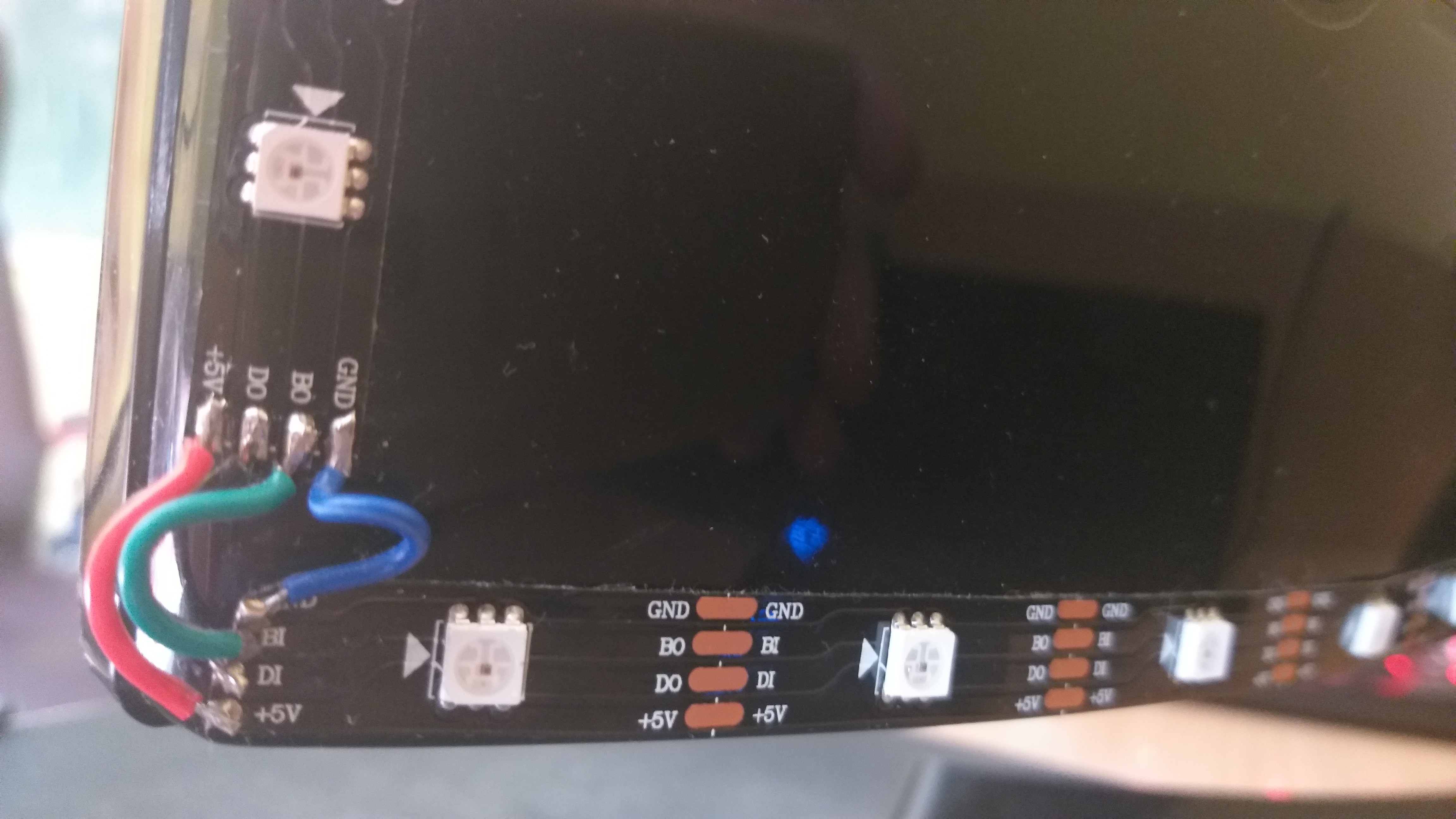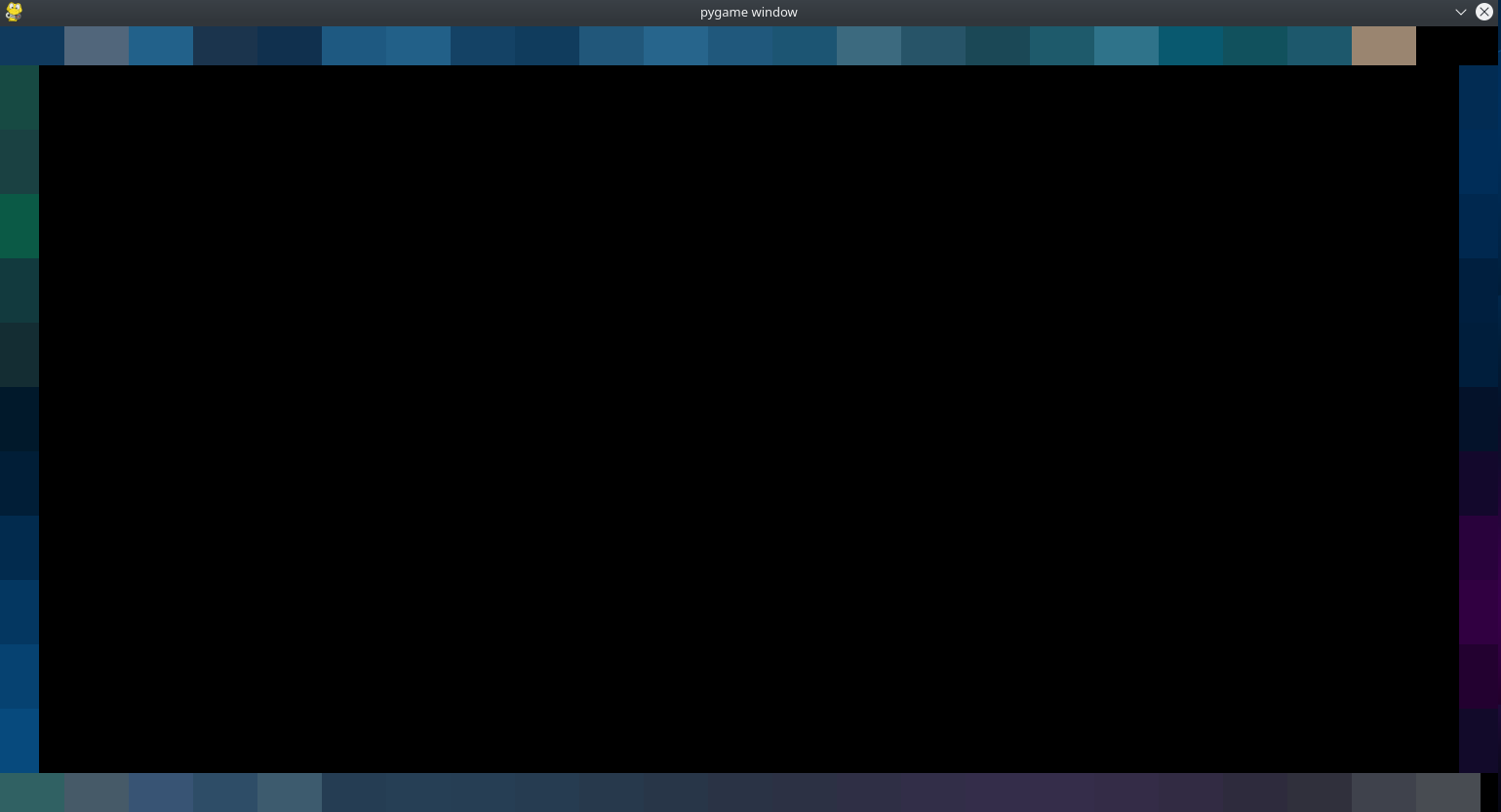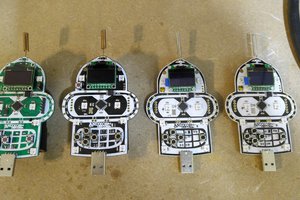I got bored one night and decided that some bias lighting for my monitor would be cool. I could've used static bias lighting like a pleb, but that's boring, so I decided that I would do dynamic bias lighting that "extends" the monitor by changing the color according to the edge of the screen. To do achieve that I had 3 main options:
- Buy a Phillips TV
- Use a pre-made, open-source solution
- Make my own
If option 1 would've been viable, I wouldn't be here now would I?
Some (presumably) nice people already have gone through the trouble of creating an open-source knockoff of Phillips Ambilight and created Hyperion. But it requires a Raspberry Pi (something I didn't have on hand). So I thought: how hard could it be to make my own solution with hardware I had on hand?
As it turns out, not that hard depending on how much shitfuckery you can tolerate.
 Kristiāns
Kristiāns



 Jack Flynn
Jack Flynn

 Louis Beaudoin
Louis Beaudoin
 Zapp
Zapp